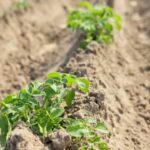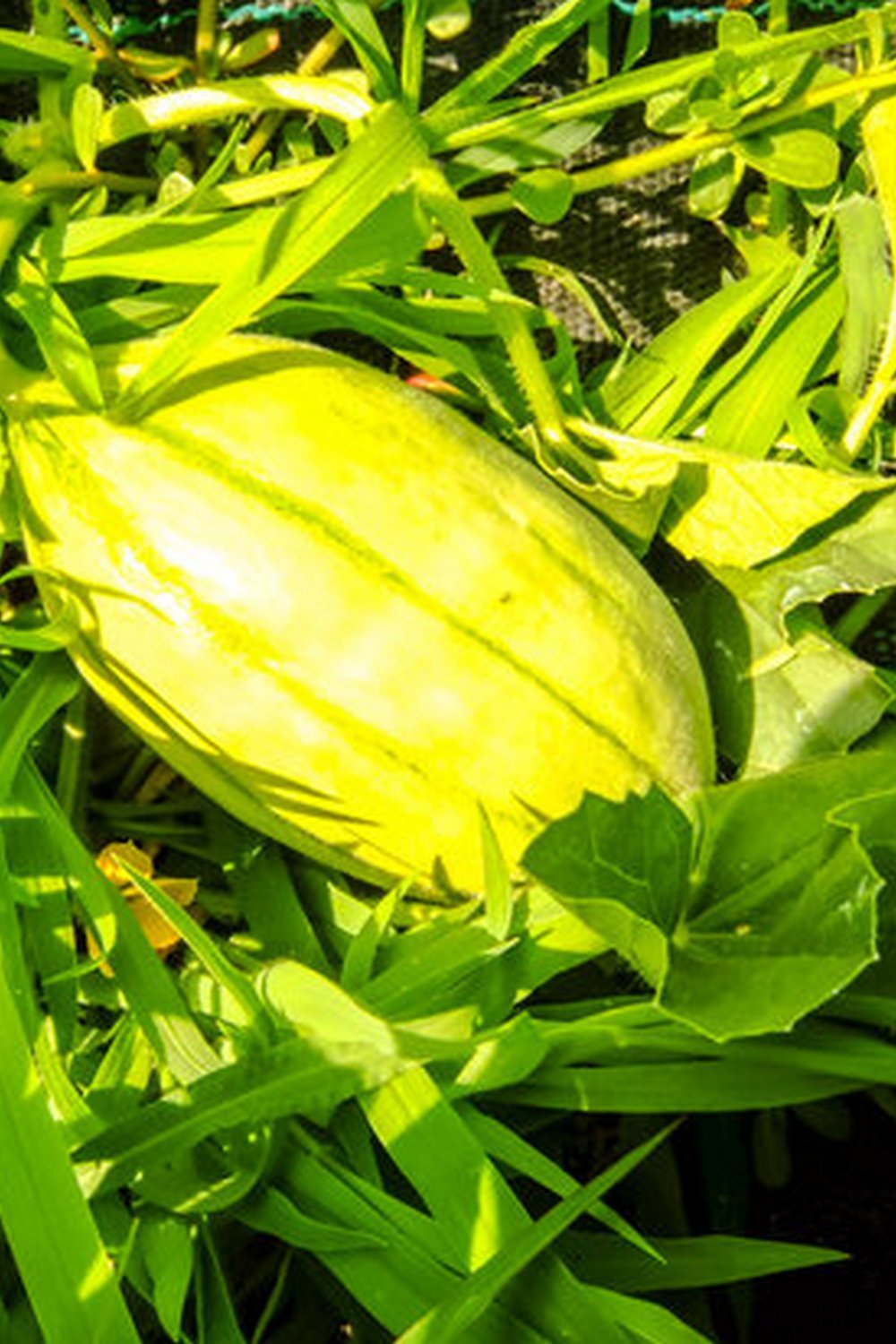Introduction
Spring is the perfect time to start planting in your vegetable garden! As temperatures begin to rise, you’ll want to get your garden ready for its colorful bounty. Preparation is key and that begins by assessing what worked and what didn’t from last year. Make a list of all the easy-to-grow vegetables you want to grow this season. Then, create a plan for where everything should be planted and how much space you need for each crop. Next, it’s time to turn your attention toward the soil. Check the pH level, enrich the soil with compost, and remove any winter residue from the previous season. Finally, choose your plants carefully – some will require more direct sunlight than others – and rotate their location annually to prevent diseases from taking hold. With a little bit of planning now, you’ll be rewarded later with an abundant harvest!
Establish the Best Garden Location
When prepraing a vegetable garden for spring planting, it is important to start by selecting the best location possible. To do this, ensure that the spot has access to at least 8 hours of sunlight each day and is not surrounded by any large trees or buildings that could create shade. It is also recommended to pick a flat area with good drainage in order to avoid any water pooling or soil erosion. Additionally, make sure that you avoid areas of high traffic – such as walkways or driveways – as these could disrupt growth and create safety hazards.
Once an ideal location has been identified, it is wise to perform a site analysis and test the soil quality prior to planting. Test the pH level to determine what fertilizer may be needed in order to achieve optimal conditions and check the amount of minerals in the soil by obtaining a soil sample from your local agricultural office. This can help you figure out which types of nutrients will benefit your plants. Furthermore, it’s a good idea to till or turn over the existing soil so that it’s set up and ready when you’re ready for planting. To finish off, add organic compost or manure – whichever suits your preferences – and mix it with existing soil before mulching around your vegetables at least two inches thick as this will provide added protection against weeds and insects while still allowing air and moisture in during growth season. Taking these steps before beginning a vegetable garden will ensure success moving forward!
Prepare & Improve the Soil
If you want to get an abundant yield of nutritious vegetables from your garden this spring, the soil needs to be in great condition. Begin by removing weeds, rocks, and any other debris from your garden. You then need to create a loose, fertile soil that is well draining.
To give the soil plenty of nutrients for the upcoming growing season, add compost and manure. For best results, you can also spread lime to neutralize the pH levels of the dirt and adjust its acidity or alkalinity. If you are not sure what kind of soil you have in your garden and how to treat it properly, consult with your local county extension office— they can typically provide valuable advice on soil type and fertility treatments. Finally, rake and turn the soil so that it is even before planting.
Pick the Right Crops for Your Garden
When selecting which vegetables to plant in your garden this spring, it’s important to take into consideration the amount of sun and shade the garden receives, as well as soil composition. For instance, some vegetables such as cucumbers need plenty of light, while others such as lettuce require shady spots. Soil composition is just as important and should be tested before planting to identify which nutrients are needed. You’ll also want to consider what type of climate you live in and choose varieties of vegetables that will do well in those conditions. In addition, consider how much time you have to nurture your crops – some plants will require more attention than others. Finally, think about when the ideal harvest time would be for each crop so that you can plan accordingly. By considering all these factors beforehand, you can choose the perfect crops for your vegetable garden this spring!
Plant on Schedule for Optimal Growing
In spring, it is important to plant your vegetables on a schedule in order to get the best yields from your garden. To do this, take a look at the germination and harvesting times for each type of vegetable you plan to grow. Consider both when you decide on a starting date for your garden. With these dates in mind, create a planting calendar that outlines what should be planted when. Make sure to leave enough space between plants as they need room to grow. The ideal planting schedule will vary based on your local climate and the types of vegetables you are growing.
To ensure optimal growing conditions, select the right soil and prepare it with organic fertilizer before planting. Because vegetables require different amounts of nutrients, use specific fertilizers that are designed with vegetables in mind. Additionally, keep weeds at bay by using mulch or other natural methods like hand-pulling or tilling the soil between plants. Finally, water consistently throughout the season as uneven watering can lead to stunted plant growth and decreased yield potential. Once all of these steps have been taken into consideration, your garden will be ready for an abundant harvest!
Use Plant Mulches for Maximum Plant Survival
Preparing your vegetable garden for spring planting is an important step in ensuring healthy and abundant crops. To maximize the growth of your plants and enhance their survival, use plant mulches to protect their roots from the cold winter temperatures. This can also help retain moisture in the soil, reducing the chances of drought and making it easier to manage weeds. Mulching should be done several weeks before spring planting to give seedlings a good start, so aim to apply mulch a few months before expected germination date. Some choices of mulch that are particularly well-suited for vegetable gardens include grass clippings, straw, hay, sawdust and composted manure. When choosing a mulch for your veggie patch, ensure that it will not contain weed seeds or insect eggs that might harm the development of the plants. Always check with a professional first if you have any concerns about which type would be best for you given your climate and soil conditions. Take time to properly prepare your vegetable garden for spring planting by adding mulch for optimum plant survival!
Plant With Care for Healthy Growth
In order to ensure a healthy growth in your vegetable garden this spring, there are several steps that you should take. Firstly, determine the soil type in your garden by having it tested. Knowing what type of soil you have is essential to successful gardening as different plants thrive in different soils. If amendments such as fertilizer or compost needs to be added to improve the quality of the soil, do so before planting. Secondly, pay attention to when and where each vegetable should be planted along with how much direct sunlight they should receive during the day. Many vegetables require six to eight hours of full sun for optimal growth, but some species need more or less depending on the weather conditions and theirhardiness zones. Finally, decide on a watering routine and stick with it. Setting up an irrigation system that automatically waters your veggies on alternate days from early morning can be helpful in keeping them hydrated while keeping labor to a minimum. After setting up your garden and choosing which plant varieties you will include, check regularly for pests and weeds that could prevent your plants from burgeoning healthily during the growing season. If any problems arise, address them quickly and remember to enjoy fresh homegrown produce this spring!
Monitor & Maintain for an Abundant Garden
The most important part of preparing a vegetable garden for spring planting is ongoing maintenance. A healthy, abundant garden requires careful monitoring and upkeep. Start by cleaning up the garden space – remove any old plants, weeds, or debris. Once the soil is clean, test the pH of the soil to ensure it’s within an ideal range for cultivating vegetables. Adjust accordingly with natural amendment materials like compost or fish emulsion if needed. To keep the soil healthy, mulch around each plant so that moisture is locked in and weeds are kept at bay. As vegetables begin to grow, regularly monitor them for signs of disease or pest infestation. Be sure to provide adequate water on a regular basis as vegetative growth begins in earnest. Lastly, cultivate disease-resistant varieties and rotate crops each season to minimize the impact of pests and diseases year after year. When properly managed over time, you can be confident you’re growing an abundant harvest!
Attract Good Bugs & Birds To Your Garden
Attracting beneficial bugs and birds to your vegetable garden can help keep pests away and will also aid in pollination. Attracting these creatures can be done in several ways. One is by planting a few wildflowers among your vegetables, as some insects will feed on them directly or the nectar they provide. Furthermore, adding bird baths and bird houses to attract birds that can eat aphids, caterpillars and other small pests. You can also incorporate plants like dill and fennel in the garden to attract predatory wasps which feed on insect larvae like caterpillars or moths. Another common way of encouraging wildlife into your garden is by offering food for them such as berries, nuts or grains. If you choose to do this, be sure to keep an eye out for any unwelcome guests such as slugs or rodents, who may also be attracted by the food sources you offer for the good bugs and birds.
Conclusion
Once your vegetables have all been planted and the soil is rich, fertile, and well-drained, it is time to sit back and enjoy the abundance that comes with a successful spring garden! As you nurture your vegetable garden throughout the season, make sure to take care of any weeds or pests that may threaten the quality of your crops. This process may seem intimidating at first but with regular maintenance and attention, you will reap the rewards from an abundant harvest that’s both healthy and delicious. Water regularly and feed appropriately according to the needs of each individual crop. With proper techniques, such as crop rotation and companion planting, you can optimize the growth potential of each plant in your spring garden. As your vegetables ripen be sure to collect them timely so they reach maximum flavor potential. Enjoy all that a bountiful spring garden has to offer!

If you’re looking to get into vegetable gardening, or are just looking for some tips on how to make your current garden better, then you’ve come to the right place! My name is Ethel and I have been gardening for years. In this blog, I’m going to share with you some of my best tips on how to create a successful vegetable garden.





